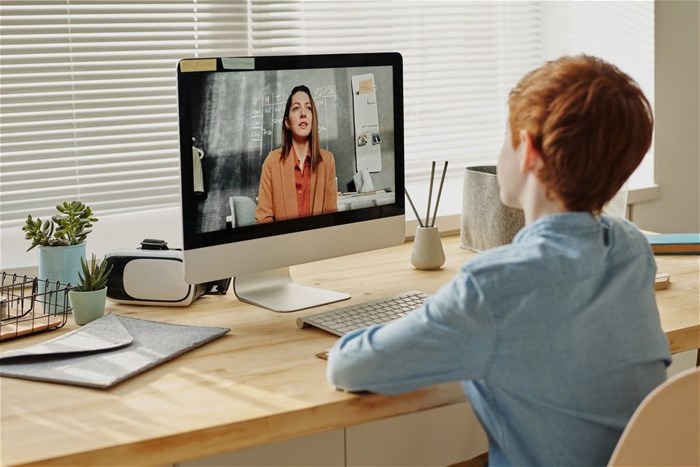The pandemic has forced teachers to convert from face-to-face to remote teaching with few resources and little time. Online teaching requires technology and presents a challenge to teachers to negotiate unchartered territory.

Source: Julia M Cameron from
PexelsAdvocates of online teaching claim that it is “cutting edge” and encourage teachers to create innovative teaching strategies to better prepare students for the skills required in the 21st century.
However, it has been found that technology integration in education is either not happening or happening too slowly. This disconnect is probably due to limited understanding of how students learn in online spaces, what method of teaching is best suited for content and which tool to use and how to use it.
Recently, it is not only students, but parents, employers and the community that expect the education system to prioritise critical thinking, communication, collaboration and creativity. These skills require appropriate digital methods of teaching practices, tools and strategies relevant to the content covered and required outcomes to be achieved.
Teachers range in their knowledge of technology and feel a sense of digital pressure with the introduction of online teaching as they want to be able to use the tools effectively. They have to keep up with the increasing demands of students or else they will be left behind.
Remote teaching in its current form is a solution to facilitating the course curriculum in times of an emergency. However, its continued use for long periods of time raises concerns of maintaining effective delivery using sound digital instructional principles to achieve student learning outcomes. Ongoing discussion on developing a contextually relevant digital methods of teaching is required.
How must technology be chosen?
Choosing the right technology can be a challenge. You need to think about the amount of support that may be available if you experience problems. Consider whether the technology is accessible for all learners, the financial costs, and the time it takes to learn and use it. Issues of student privacy and security are also major concerns in using technology in the classroom.
How must technology be used?
It is important to consider your lesson objectives and then find digital tools that will help you achieve those goals.
Integrating simple technologies like PowerPoint, games, internet homework assignments, or online grading systems, can make a difference in students' learning. In primary education, students can use interactive games and websites like “Spelling Training” and “Easy Bib” to acquire skills in research. High school classrooms could include Microsoft Office and Google Drive.

























